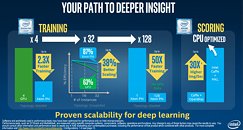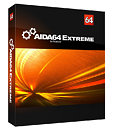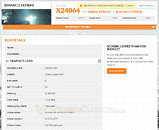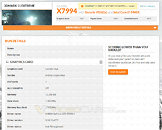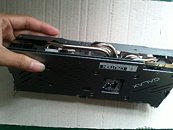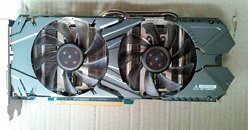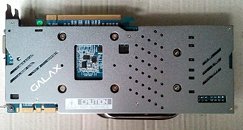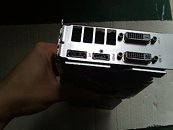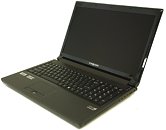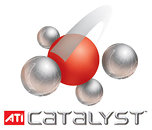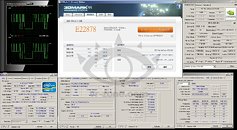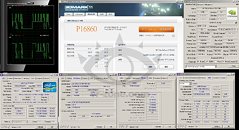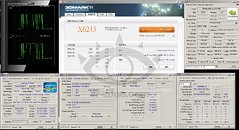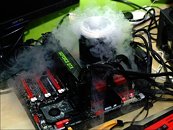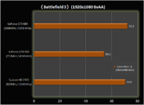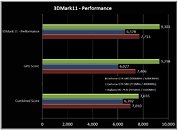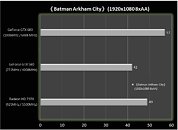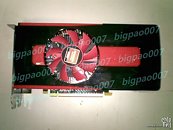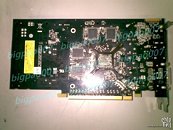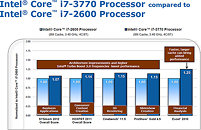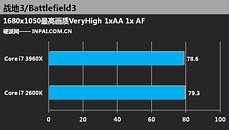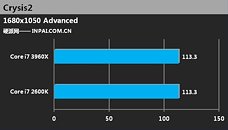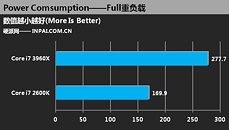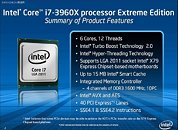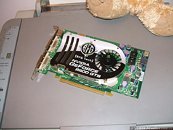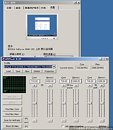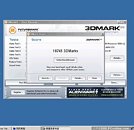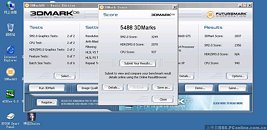
Intel Core i3-7350K "Kaby Lake" Benchmarks Surface
Intel's third overclocker-friendly SKU from its 7th generation Core "Kaby Lake" processor family, the Core i3-7350K, is shaping up to be an interesting option for gaming PC builds. It may be a dual-core chip, which at $177 is within striking-range of the current $189 Core i5-6400 quad-core chip, but the lack of two cores appears to be more than made up for by its significantly higher clock speeds, even in multi-threaded benchmarks. The i3-7350K is clocked at 4.00 GHz, out of the box. It's also the only Core i3 desktop SKU to feature Turbo Boost, with a frequency of 4.20 GHz. It chip comes with an unlocked base-clock multiplier, letting you overclock it with ease.
A PC enthusiast with access to a Core i3-7350K sample put it through Geekbench, where it scored 5,137 points in the single-threaded tests, and 10,048 in multi-threaded tests. Here's where it gets interesting - the Core i5-6400 quad-core chip scores 3,686 points (single-threaded), and 9,982 points (multi-threaded. The i5-6400 is clocked at a mere 2.70 GHz, with 3.30 GHz Turbo Boost. Even the higher clocked i5-4670K "Haswell" quad-core chip (3.40 GHz core, 3.80 GHz Turbo Boost) doesn't manage to beat the i3-7350K, with 4,361 points (single-threaded), and 10,036 points (multi-threaded).
A PC enthusiast with access to a Core i3-7350K sample put it through Geekbench, where it scored 5,137 points in the single-threaded tests, and 10,048 in multi-threaded tests. Here's where it gets interesting - the Core i5-6400 quad-core chip scores 3,686 points (single-threaded), and 9,982 points (multi-threaded. The i5-6400 is clocked at a mere 2.70 GHz, with 3.30 GHz Turbo Boost. Even the higher clocked i5-4670K "Haswell" quad-core chip (3.40 GHz core, 3.80 GHz Turbo Boost) doesn't manage to beat the i3-7350K, with 4,361 points (single-threaded), and 10,036 points (multi-threaded).



